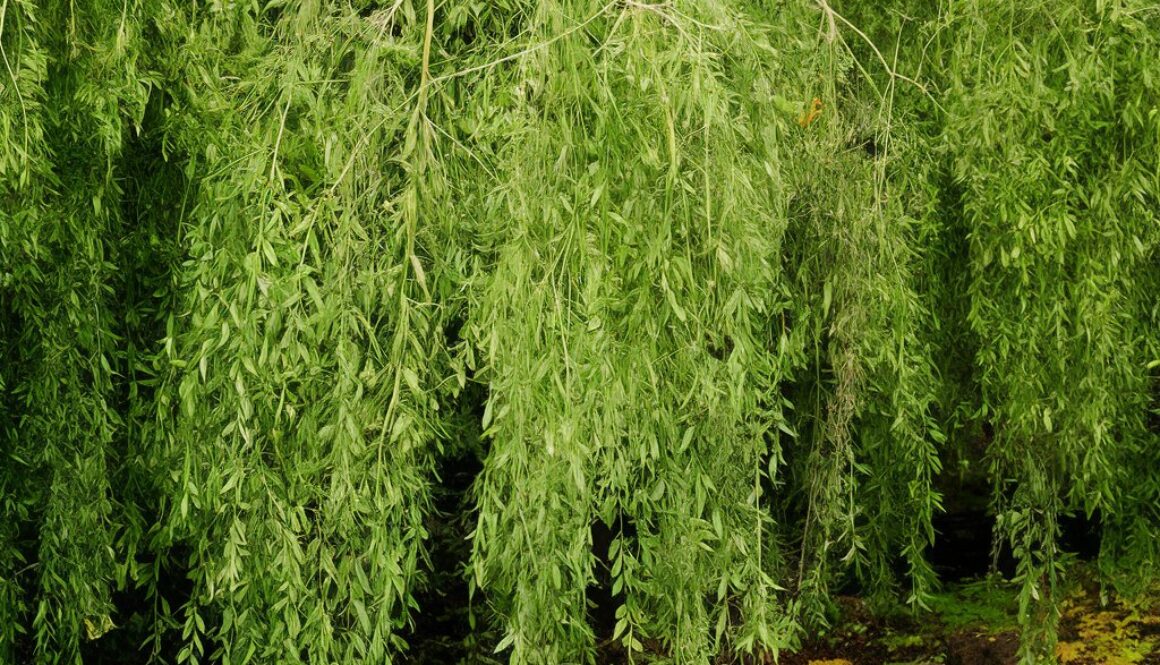Water Willow
Water Willow (Justicia americana) is a perennial herb native to North America, commonly found along stream banks, rivers, and lakes. This plant is valued for its ecological benefits and medicinal properties.
Parts Used: The primary parts of Water Willow used are its leaves and stems. These parts are harvested for their therapeutic compounds, which are utilized in various traditional medicinal practices.
Usage: Water Willow is renowned for its anti-inflammatory and analgesic properties. The leaves and stems can be made into poultices or infusions to treat arthritis and joint pain. They are also used to soothe skin irritations, rashes, and minor wounds. Additionally, infusions of the leaves can help alleviate digestive discomfort. In traditional medicine, these uses highlight the plant’s versatility and effectiveness in promoting health.
Agrotechniques: Water Willow thrives in moist environments with partial to full sun exposure. It prefers well-drained, sandy to loamy soils with a pH of 6.0-7.5. Propagation is typically done through seeds or cuttings. Seeds should be sown in moist seedbeds in spring, while stem cuttings (10-15 cm segments) can be planted in prepared beds with adequate moisture. Plant spacing should be about 30-45 cm to allow for optimal growth and air circulation. Regular weeding, mulching to retain soil moisture, and occasional watering during dry periods are essential for maintenance. Harvesting of leaves and stems is best done in late spring to early summer when the plant is in full bloom.
Water Willow is a beneficial addition to both medicinal gardens and wetland conservation efforts, offering ecological stability and health benefits.

